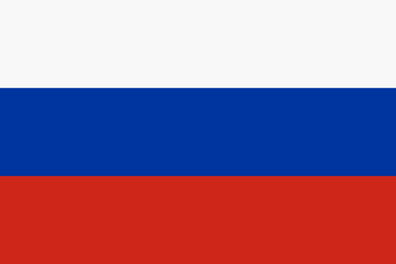Next Launch:
Calculating...


Here's where to view Kosmos 2558
Know Before You Go
The Plesetsk Cosmodrome was founded in 1957 to support Union of Soviet Socialist Republics ICBM launches of the R7 missile - from which the Soyuz rockets today are derived.Plesetsk was not as busy as Baikonur in terms of satellite launches from its founding in 1957 to 2000 due to its location and ability to only launch crafts to Molniya and polar orbits. With the fall of the Soviet Union and Baikonur Cosmodrome becoming foreign territory for Russia, Plesetsk has been far more active since the 2000s.
It is primarily used for military and commercial launches to high inclination and polar orbits.
It has been the site of three fatal ground accidents that have killed 58 people. In 1973, a Cosmos-3M rocket exploded on the launch pad killing 9; in 1980, a Vostok-2M rocket exploded during fueling, killing 48; in 2002, a Soyuz-U rocket exploded killing 1 person.

